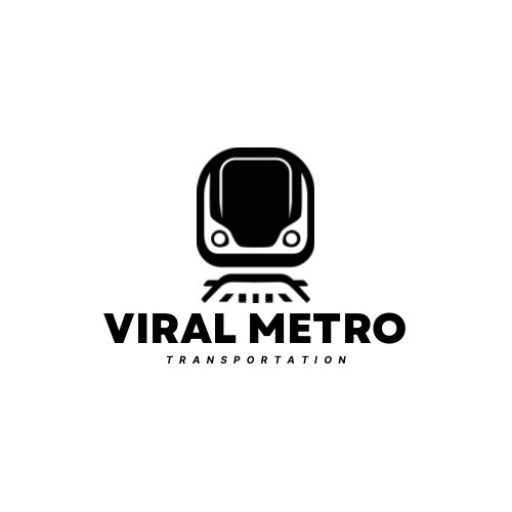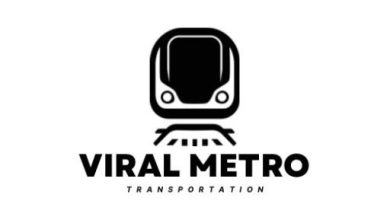In the 21st century, few countries have redefined urban mobility and infrastructure as radically as China. From futuristic metro trains to sprawling flyover bridges that twist like ribbons in the sky, China’s transport evolution is more than just impressive — it’s a symbol of ambition, scale, and precision.
As megacities like Shanghai, Beijing, Shenzhen, and Chongqing continue to expand at record speed, the Chinese government has invested billions into creating a seamless urban experience where trains, roads, and bridges flow together in harmony.
🚦 Flyover Bridges: Solving the Urban Traffic Puzzle
Flyover bridges in China are more than just elevated roads — they are multilayered structures designed to unclog traffic, connect districts, and improve travel efficiency. These massive overpasses often run above highways, rail tracks, or dense urban streets, allowing uninterrupted movement in all directions.
Notable examples include:
- Nanpu Bridge Interchange in Shanghai – A spiral flyover that looks like a sci-fi movie set from above.
- Chongqing’s E’ling Interchange – A 5-level flyover where GPS often gets confused.
- Beijing’s 3rd Ring Road Flyovers – Critical in managing peak-hour congestion in the capital.
These structures are feats of design, often completed in months using modular construction techniques, night shifts, and AI-driven traffic analysis.

